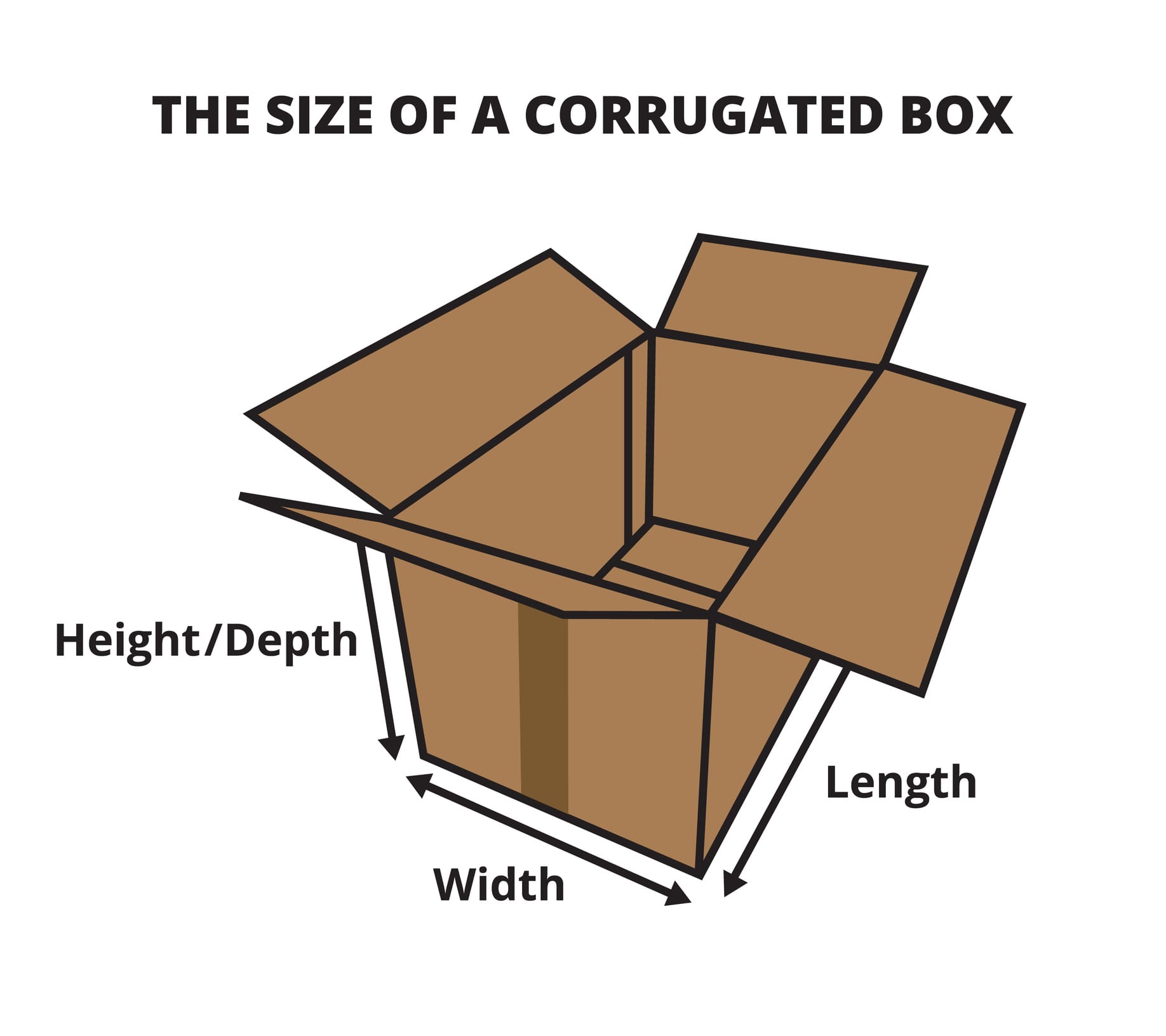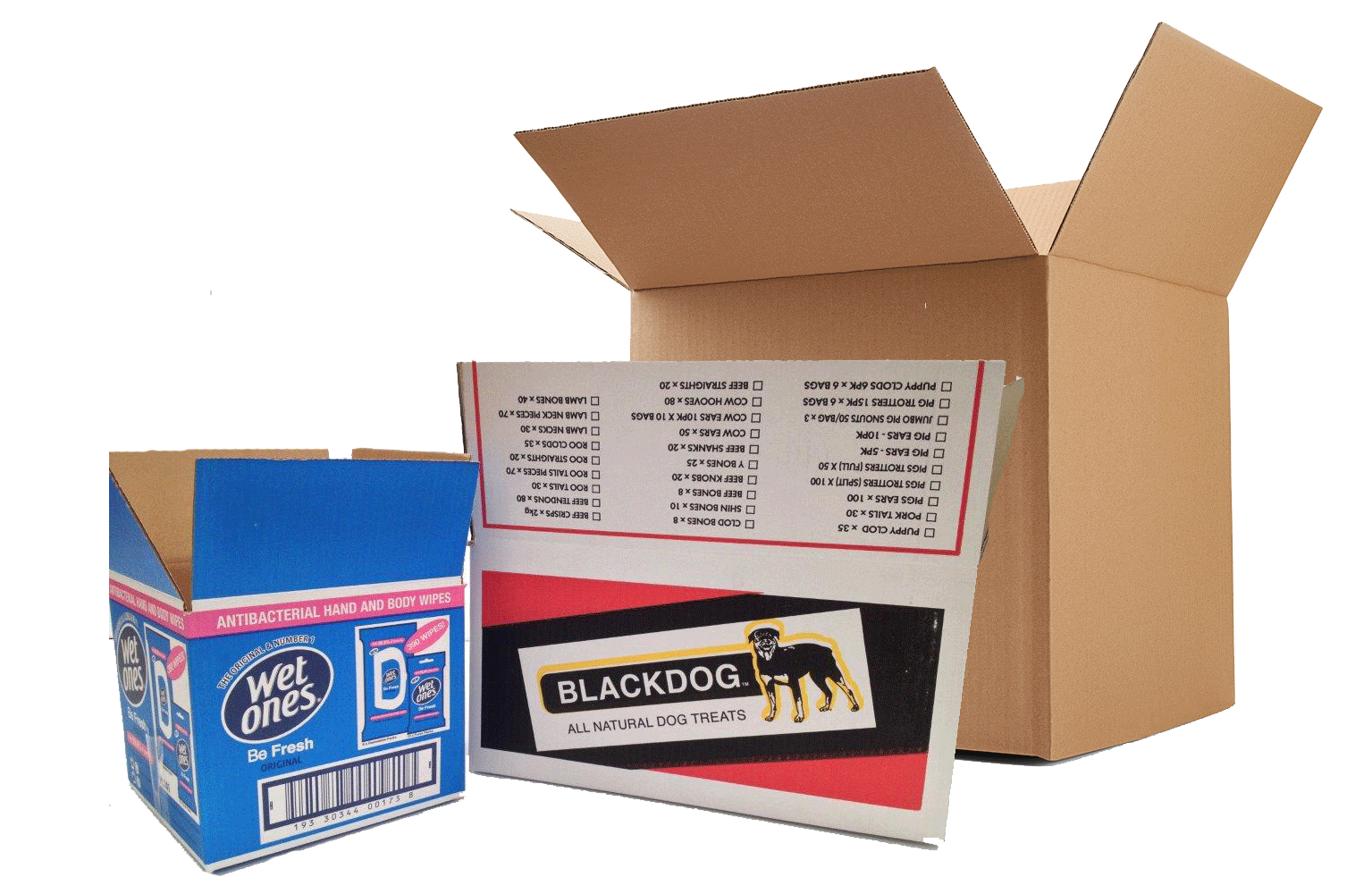Home » RSC Box Design Fundamentals: Why It’s the Industry Standard
RSC Box Design Fundamentals: Why It’s the Industry Standard

The Regular Slotted Container (RSC) is the most widely used corrugated box style in the world. Its simplicity, manufacturing efficiency, and versatility make it the default choice across industries ranging from industrial parts to e-commerce fulfillment. Understanding what makes RSC boxes so effective helps buyers decide when standardization is the best approach — and when alternatives may be worth considering.
What Defines an RSC Box
An RSC is manufactured from a single sheet of corrugated board with flaps of equal length that meet at the center when folded. The design minimizes board waste, requires only a single die-cut or slotting process, and can be assembled with tape, glue, or staples. Its dimensions can be adjusted easily to accommodate nearly any product size.
Why RSC Remains the Standard
Manufacturing Efficiency
- RSCs use minimal board compared to other box styles.
- They can be produced on high-speed corrugators and folder-gluers without complex tooling.
- Standardized sizes reduce lead times and lower setup costs.
Structural Strength
- The design maximizes stacking strength with flaps that reinforce the edges of the container.
- Compatible with a wide range of flute profiles and board grades, from single-wall E-flute to triple-wall heavy-duty.
Versatility
- Works for products ranging from lightweight consumer goods to heavy industrial components.
- Compatible with automation in packing, sealing, and palletization systems.
- Easily branded with flexographic or digital print for retail and e-commerce applications.
Cost Effectiveness
- Board utilization is highly efficient, reducing waste.
- Standardized production reduces cost per unit at scale.
- Assembly and sealing are simple, requiring minimal labor and materials.

Limitations of the RSC
While RSC is unmatched for general-purpose shipping, it’s not always the best option:
- Requires tape, glue, or staples, which adds materials and labor.
- Lacks the premium presentation of die-cut mailers for e-commerce.
For unusually heavy or fragile products, other styles (like Full Overlap or RETT) may provide better performance.

Buyer Takeaway
RSC boxes dominate corrugated packaging for one reason: they offer the best balance of strength, efficiency, and cost. If your priorities are bulk shipping, pallet strength, and scalability, RSC is almost always the right choice. But for premium presentation, automation-friendly features, or specialty protection, it’s worth exploring alternative styles.
References
- Fibre Box Association. (2023). Corrugated Box Styles and Design Guide. https://www.fibrebox.org
- Association of Independent Corrugated Converters (AICC). (2024). Corrugated Packaging Fundamentals. https://www.aiccbox.org
- Soroka, W. (2016). Fundamentals of Packaging Technology (5th ed.). Institute of Packaging Professionals.
RSC boxes are known for their efficiency and versatility, but their performance ultimately comes down to strength. Buyers often see numbers like ECT, BCT, and burst strength on specifications —
In packaging, foam isn’t just about initial protection — it’s about maintaining performance over the entire shipping or storage cycle. Compression set and recovery characteristics determine whether foam continues to
Pouches are a go-to for flexibility and convenience, but they can fail in critical ways—from poor seals to punctures and delamination—that hurt performance and brand reputation. Understanding these failure points
In the retail environment, the placement of Point of Purchase (POP) displays is just as critical as their design and content. Strategic positioning can significantly influence consumer behavior, increase product
Home » RSC Box Design Fundamentals: Why It’s the Industry Standard





